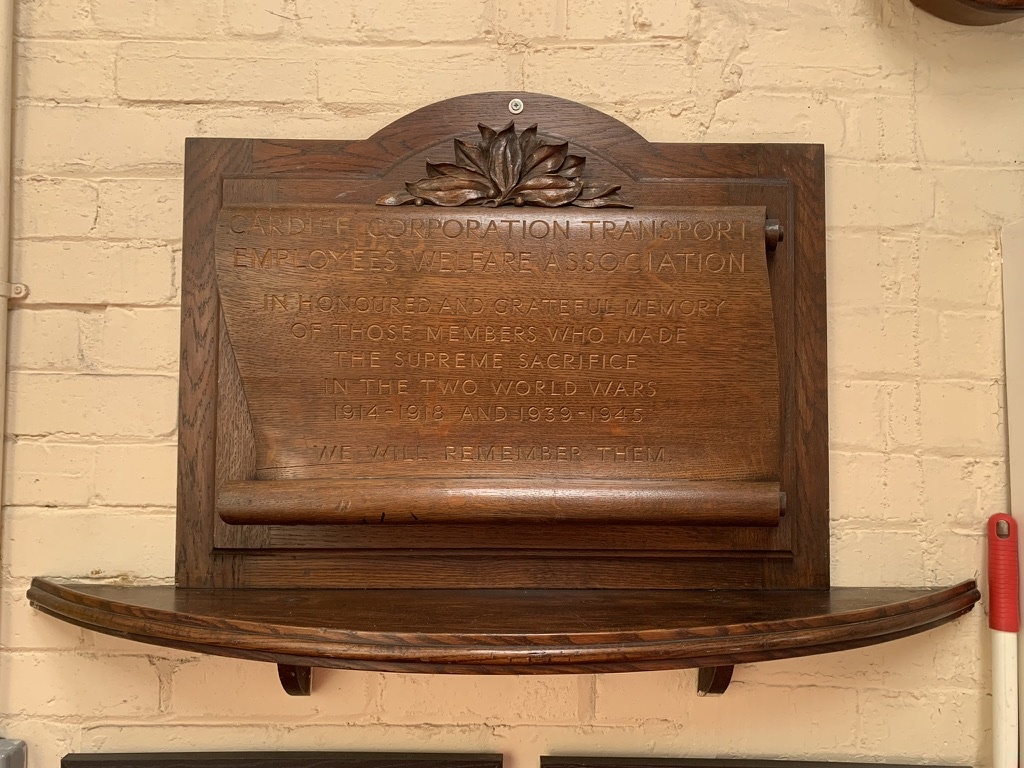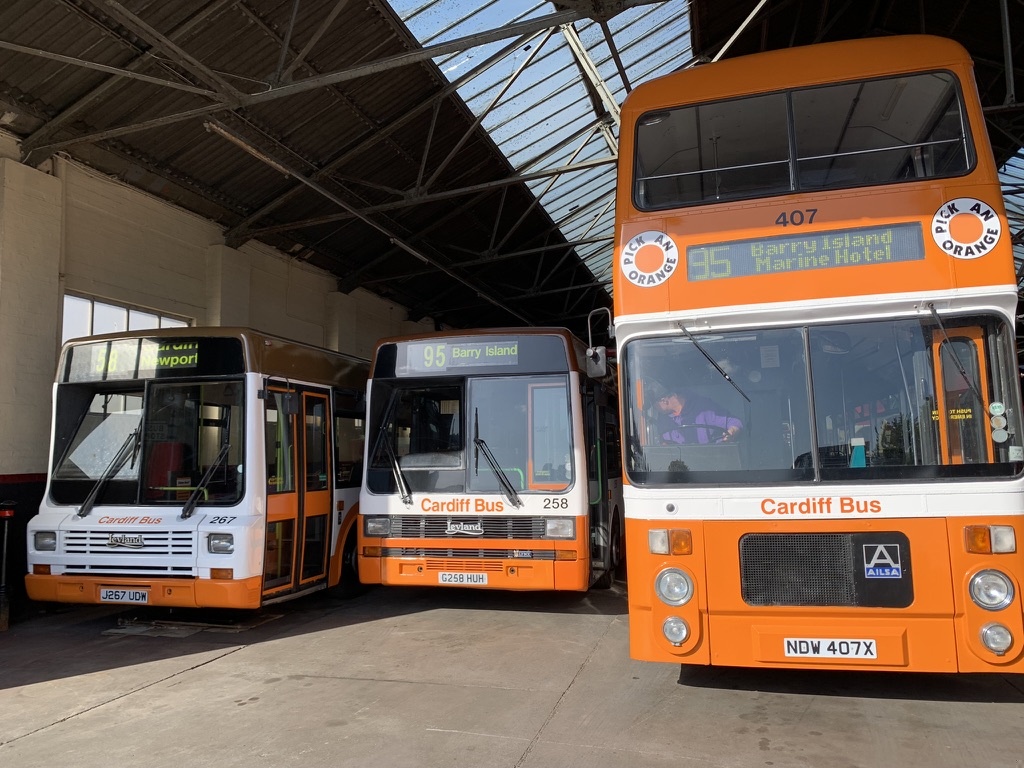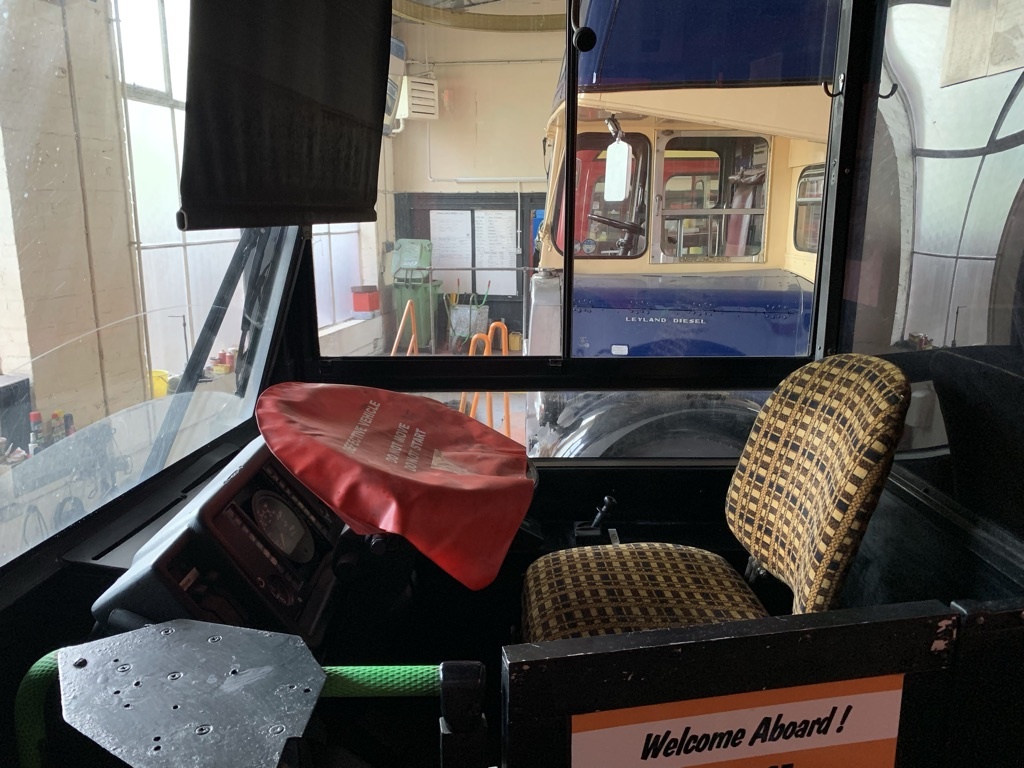The bus depot



History
In 1936, with the purchase of White’s Motors, Western Welsh acquired much more work in the Barry and Vale area. White’s two small premises at Kendrick Road and St. Nicholas Road were deemed inadequate and steps were taken to erect a depot on a new site. An agreement was reached with the GWR, who owned 50% of the WWOC shares, to build on a leased site at Broad Street alongside the railway line. The 52 vehicle garage was completed early in 1939 for the sum of £13,983.
The 1950s, saw the depot allocation grow, it was deemed necessary to lease land to the east of the depot for further bus parking. The Kendrick Road garage, which contained the canteen, was to be sold therefore a new canteen and sports room was built above the Broad Street office block.
This had to be of lightweight construction with an outside metal staircase and was opened in May 1958 at a cost of £7000.
At that time the depot employed 110 drivers, 106 conductors, 24 maintenance and 23 supervisory / office staff. The allocation was 64 buses i.e. 17 Leyland, 16 AEC & 2 Crossley saloons, 24 AEC double decks & 5 AEC coaches.
The sale of the redundant St. Nicholas Rd premises was made in 1962. Ten years later £29,000 was spent upgrading the depot workshops with stores and an extra pit.
Following a change of Company name to National Welsh in 1978 ‘One Man Operation’ came to Barry when 44 new duties were introduced in 1979. This resulted in the loss of the ‘clippies,’ some of whom had over 35 years of service. 1986 saw Barry as the first depot to introduce the ‘Bustler,’ a minibus service where the drivers were on a lower rate of pay.
Under the Thatcher Government policy of privatisation, National Welsh was sold to its management in 1987 and a share offer for employees was introduced, but there were few takers. The year 1990 saw a downturn in company finances and redundancies were announced. Following the inevitable receivership in January 1992, various attempts at an employee buy-out for Barry Depot were made, but all failed. Other bids for the depot also failed and the doors were finally shut on Friday 7th August 1992 after 53 years of operation.
Over the next few weeks all moveable items in the depot and office were taken to Porth for the newly formed Rhondda Buses Ltd, but not before someone saved the cast iron Western Welsh crown that now hangs above the door of the CTPG Museum Room.
At various times following the sale of the site to the Vale of Glamorgan Council in 1993, the depot was used for the storage of steam locomotives, known as the ‘Barry Ten,’ for the Vale of Glamorgan Railway, trolleybuses for the Cardiff & South Wales Trolleybus Project and vehicles and artifacts for the Welsh Industrial & Maritime Museum. Later storage of furniture was allowed for the recycling charity, Track 2000.
Behind the scenes though, the CTPG were valiantly plugging away to secure the building for the storage and restoration of heritage buses. Their dream came to fruition in the summer of 2008. Well, you all know the rest!